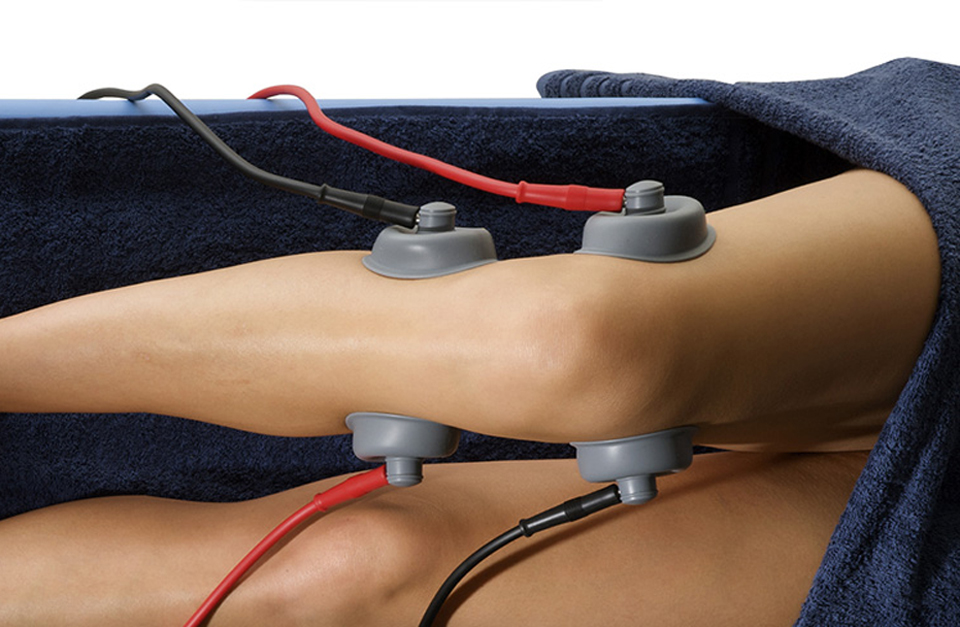Therapy Devices: Integrating Laser Technology for Enhanced Recovery
Therapy Devices: Integrating Laser Technology for Enhanced Recovery
Blog Article

Recovery from injury, surgery, or chronic conditions can be a long and challenging process. While traditional therapies like physical therapy and rehabilitation exercises play a vital role, integrating laser technology into therapy devices has revolutionized the field, offering enhanced recovery outcomes and improved patient experiences. This article explores the innovative ways laser technology is being integrated into therapy devices and the benefits they provide for enhanced recovery.
Laser therapy, also known as photobiomodulation (PBM) or low-level laser therapy (LLLT), utilizes specific wavelengths of light at low power to stimulate cellular activity and promote healing. Unlike surgical lasers that cut or ablate tissue, therapeutic lasers interact with cells at a biochemical level, triggering a cascade of beneficial effects. When integrated into therapy devices, these lasers offer a non-invasive and effective way to accelerate healing, reduce pain, and improve function.
One of the key benefits of integrating laser technology into therapy devices is the ability to target specific tissues and conditions. Different wavelengths of light have varying penetration depths and interact differently with tissue. This allows for targeted treatment of superficial and deep tissues, making it versatile for a wide range of conditions. For example, laser therapy can be used to treat muscle strains, ligament sprains, tendonitis, arthritis, and neuropathic pain.
Laser therapy devices are designed to be user-friendly and portable, making them accessible for both clinicians and patients. They come in various forms, including handheld devices, wearable patches, and larger units for clinical use. This portability allows for convenient treatment in various settings, from clinics and hospitals to homes and on-field sports therapy.
The integration of laser technology into therapy devices has led to several advancements in rehabilitation and recovery:
Accelerated tissue healing: Laser therapy promotes tissue regeneration by stimulating the production of ATP, the cellular energy currency. This helps to accelerate the healing of injured muscles, ligaments, tendons, and bones.
Reduced pain and inflammation: Laser therapy modulates the inflammatory response, reducing the production of pro-inflammatory cytokines and increasing the production of anti-inflammatory cytokines. It also stimulates the release of endorphins, the body's natural painkillers, providing effective pain relief.
Improved blood circulation: Laser therapy promotes vasodilation, increasing blood flow to the treated area. This delivers essential nutrients and oxygen to damaged tissues, facilitating healing and reducing pain.
Enhanced muscle function: Laser therapy can improve muscle strength and endurance by stimulating muscle protein synthesis and reducing muscle fatigue. This is particularly beneficial for athletes and individuals recovering from muscle injuries.
Increased range of motion: By reducing pain and inflammation, laser therapy can improve joint mobility and flexibility. This is important for individuals recovering from surgery or injury, as it helps to restore function and prevent stiffness.
The integration of laser technology into therapy devices is not only beneficial for patients but also for healthcare professionals. Laser therapy can complement other therapeutic modalities, such as manual therapy and exercise, enhancing the overall effectiveness of treatment plans. It can also reduce the reliance on pain medications, which often have unwanted side effects.